Step-by-step guide on solar power generation
Here’s a step-by-step guide on how solar panels generate electricity from sunlight. The process is called the photovoltaic effect, and this enables solar panels to transform sunlight into a clean, renewable energy source for everyday use.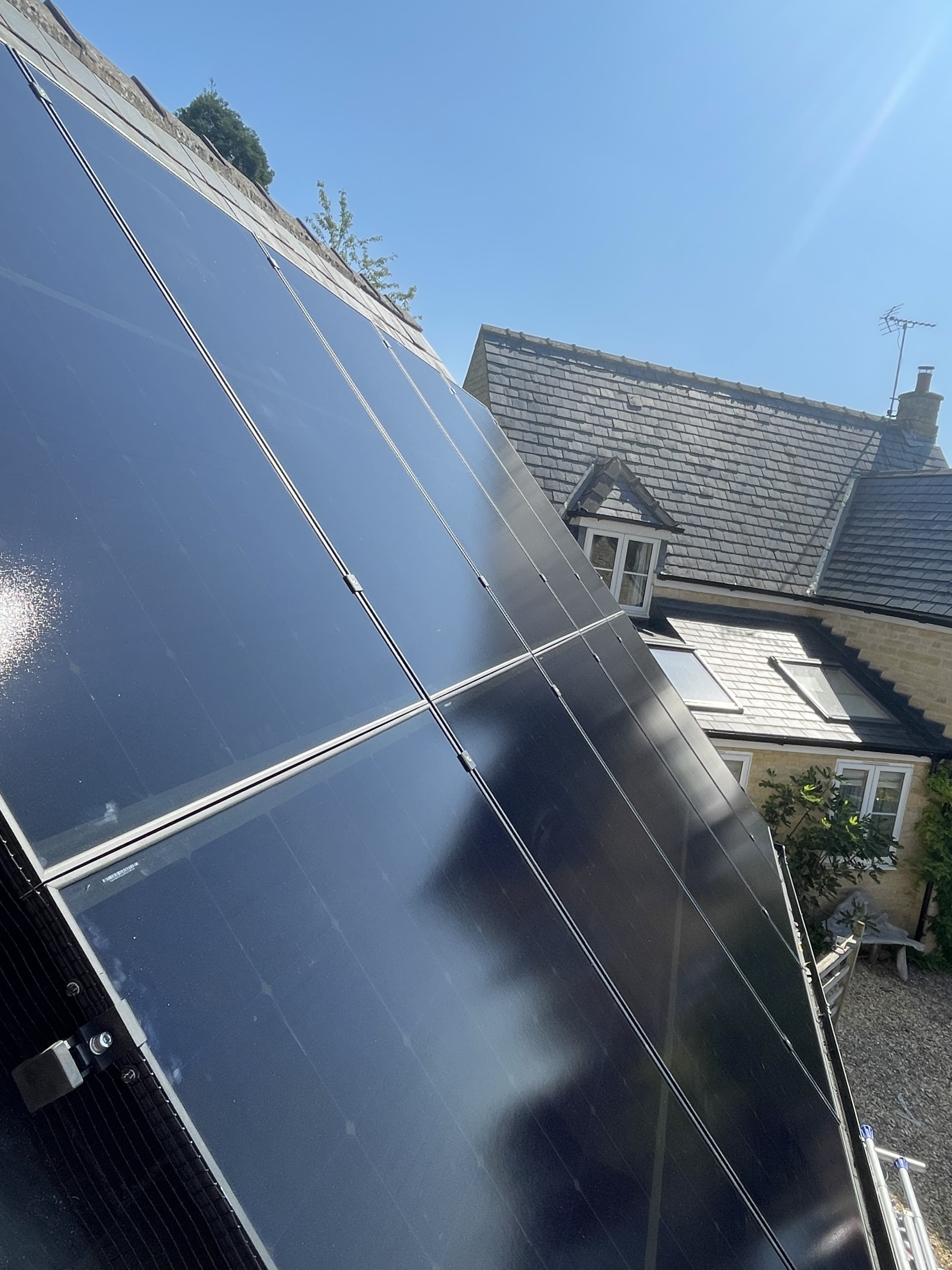
- Sunlight Hits Solar Cells: Solar panels are made up of many individual solar cells, usually composed of silicon. When sunlight hits these cells, photons (light particles) are absorbed by the silicon material.
- Creation of Electric Field: The absorbed sunlight energises electrons in the silicon, freeing them from their atoms. The design of the solar cell includes positive and negative layers, creating an electric field that pushes the freed electrons in a specific direction.
- Direct Current (DC) Generation: As the electrons are pushed through the electric field, they flow as direct current (DC) electricity, which is collected by metal conductive plates on the sides of the cells.
- Conversion to Alternating Current (AC): The DC electricity is then channelled to an inverter, which converts it into alternating current (AC), the standard form of electricity used in homes and businesses.
- Powering the Home or Grid: The AC electricity can then be used directly in your home to power appliances or, if excess energy is produced, it can be fed back into the electric grid or stored in batteries for later use.
- Monitoring and Optimisation: Many systems include monitoring software to track energy production and efficiency, allowing you to optimise your system’s performance and keep it operating at peak capacity.
Solar cells – what are they made of?
Not all solar cells are made of silicon, though silicon remains the most commonly used material in the industry due to its efficiency and durability. There are several types of solar cells, each utilising different materials and technologies:
- Silicon-Based Cells: These are the most prevalent and include monocrystalline, polycrystalline, and amorphous silicon cells. Silicon cells are widely used because they are efficient, long-lasting, and relatively cost-effective to produce.
- Thin-Film Cells: Thin-film solar cells use materials like cadmium telluride (CdTe), copper indium gallium selenide (CIGS), and amorphous silicon. They are lighter and flexible, making them ideal for applications where traditional panels might not be suitable, though they are generally less efficient than silicon cells.
- Perovskite Cells: Perovskite cells are an emerging technology that uses a perovskite-structured compound. These cells have shown promise in achieving high efficiencies at a lower production cost, though stability and long-term durability are still being developed.
- Organic Photovoltaics (OPVs): Made from organic compounds, these cells offer flexibility and lightweight options. However, they currently have lower efficiencies and shorter lifespans compared to silicon and thin-film cells.
- Multi-Junction Cells: Used primarily in specialised applications like space technology, multi-junction cells stack multiple layers of different materials to capture a broader spectrum of light, achieving very high efficiencies.
Silicon dominates the market because of its balance of efficiency, cost, and longevity, but research continues to improve the other materials, offering potential for varied applications and cost reductions.
How long is a PV string?
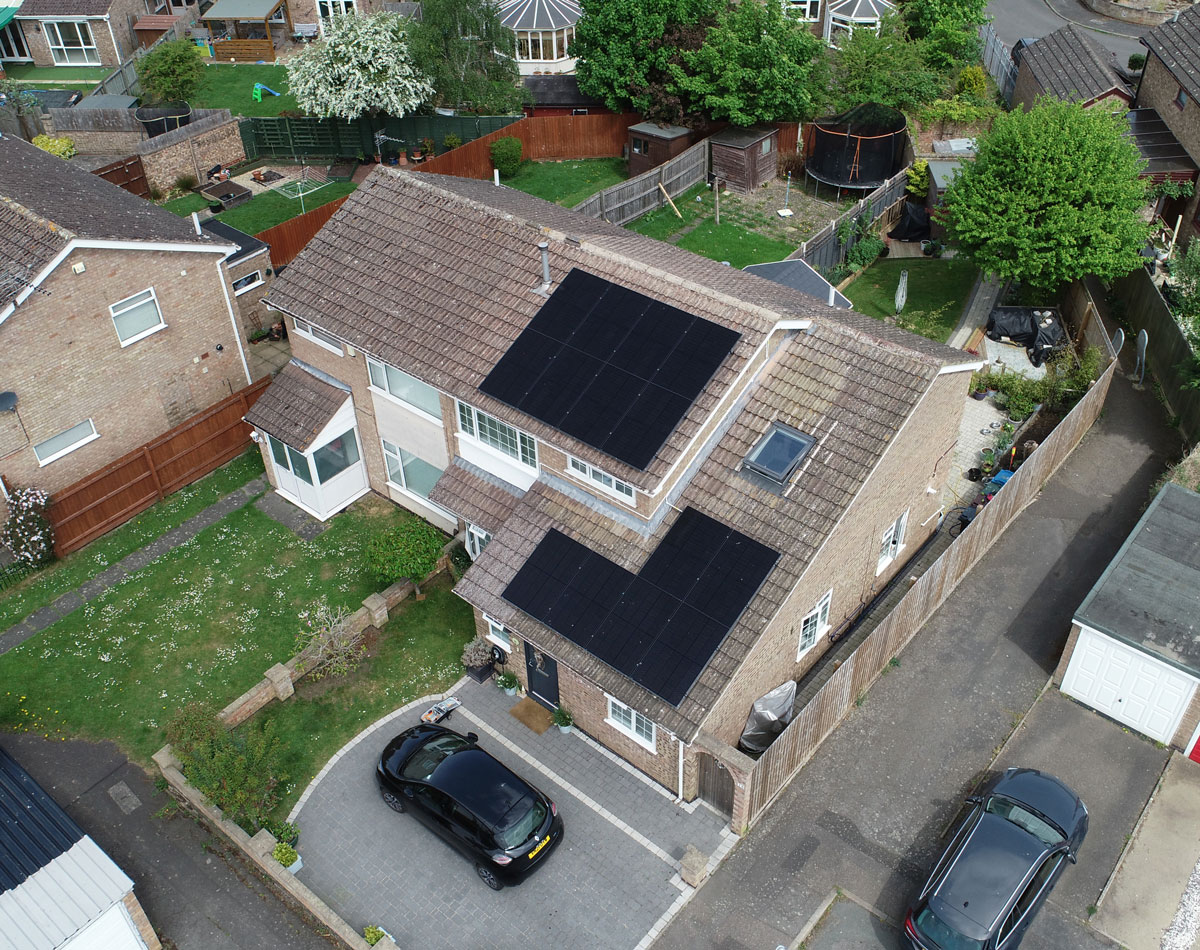
Dual input solar PV system
A set of solar panels connected together is known as a ‘string’ – and what affects one panel in the string (eg shade from a tree) can affect them all, like a blockage in a garden hose. So what if you can’t get all your panels on one roof, or you have two rooftops facing different directions, can you still get your system to perform at it’s best?
One solution is to use a separate inverter, known as a microinverter, on every panel so that each panel works independently. This will work fine but can add extra expense and complexity to the system, and if all of the panels are facing the same direction it’s not really necessary.
A better solution is often to use a dual input inverter, allowing you to split the system into two separate strings, so that if one set of panels is in shade during parts of the day, or if it’s facing a different direction, it won’t affect the other – and in the unlikely event a panel becomes faulty you still have the rest of the system producing at maximum efficiency.
We did an install that required exactly this (see image), and the split-level roof meant the dual input inverter was perfect to separate the two sets of panels, so that both strings would work independently at their optimum power output throughout the day, and maximise the roof space available.
We also fitted a 5.8kWh battery and MyEnergi Eddi hot water diverter to squeeze the most out of the power produced, and as a result the customer’s grid consumption has dropped on average by more than 90%. Plus the Eddi will save on gas to heat their hot water too, so that’s an additional win.
Share your solar PV panel questions
Do you have more questions about how solar panels work? Get in touch with the team and we’d love to chat to you about this exciting technology! The tech is adapting and improving all the time so we will update this guide with the latest information as it emerges, but let us know if there is anything you want us to cover. Simply email us at info@genr8energy.com with your questions or ideas.
Have you considered installing solar panels?
Solar power is an amazing renewable resource and you can leverage this technology for your own home or business, cutting your energy bills and making yourself much less at risk from energy price hikes.
We are so passionate about solar and the benefits it can bring homeowners and businesses alike, and the cost of PV panels keeps coming down every year as the technology gets better and better. Many areas have grants they can leverage to get money off their solar panels, but even if there aren’t any grants available, the payback period is now anything from 4-10 years compared to the 16 years it has been in the past. The payback period is dependent on the angle of your roof and a few factors, but if you are planning to be in your home for the next 5 years, solar is nearly always worth the investment, bringing you immediate savings that will make you want to jump up and down!
So if you want to join the solar revolution and enjoy negligible energy bills, then get in touch and we can suggest the best option for you! Simply email info@genr8energy.com and we will help you navigate the space and access any grants available to you.
Read up more about solar panels and our installation.

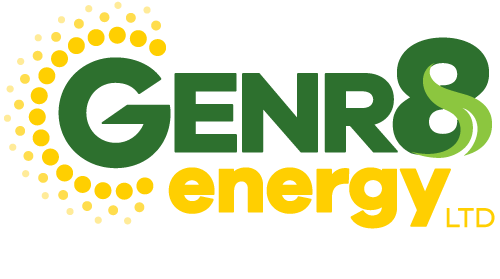
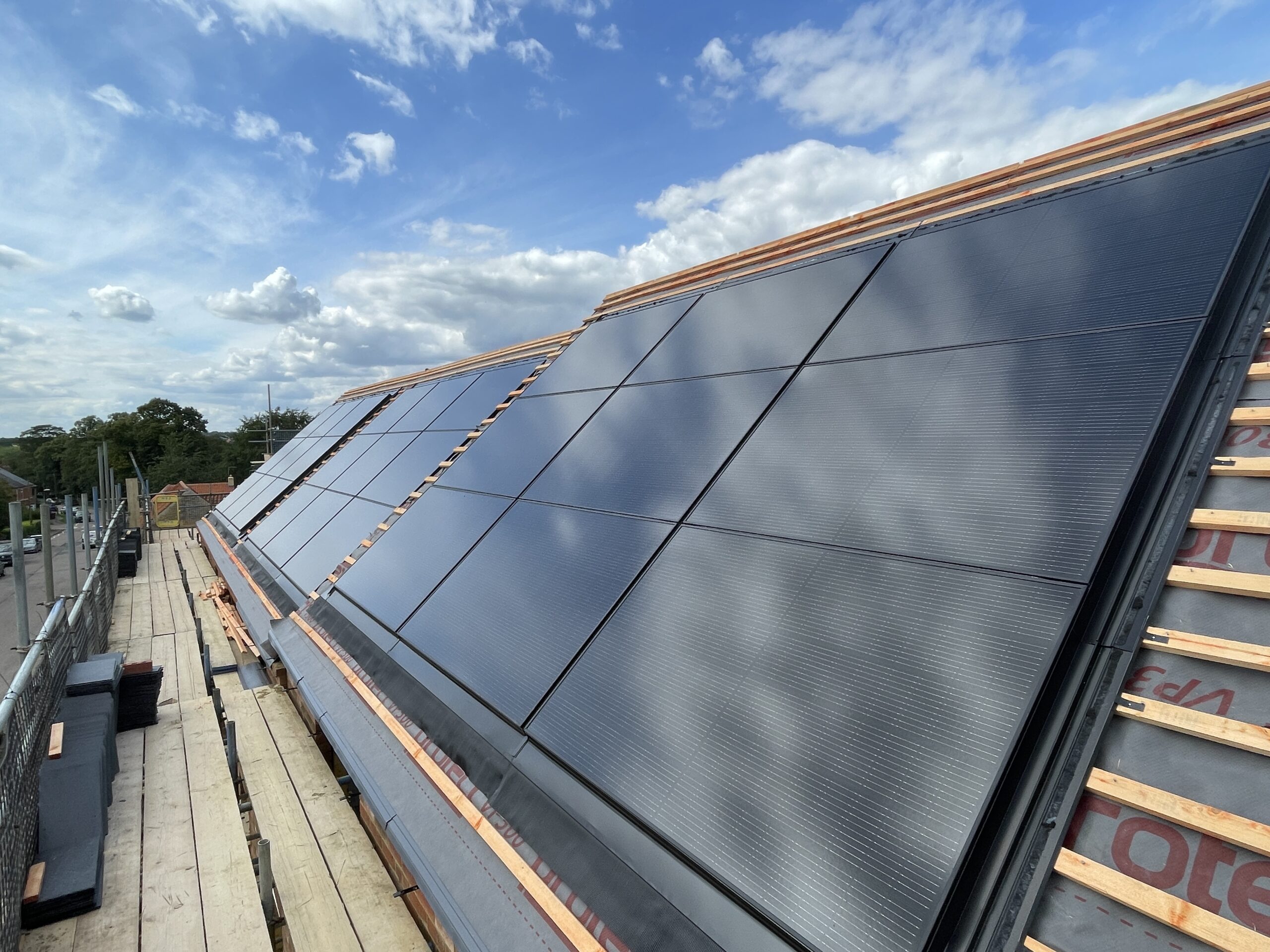

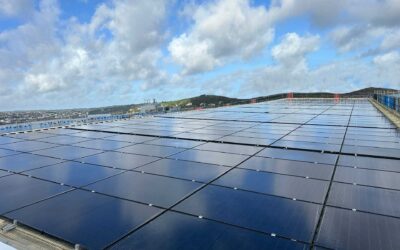
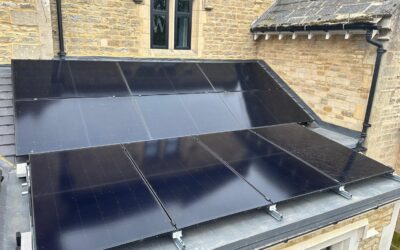
0 Comments